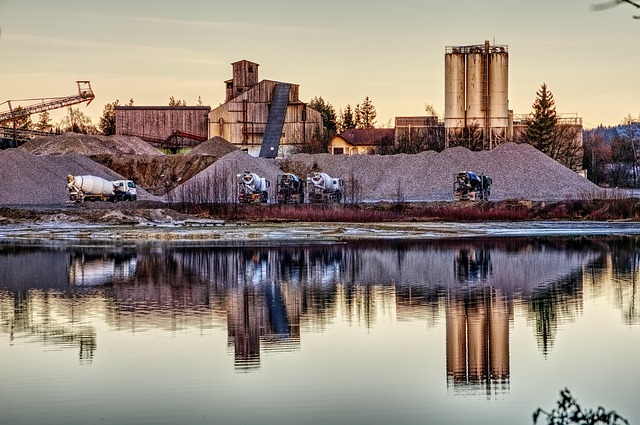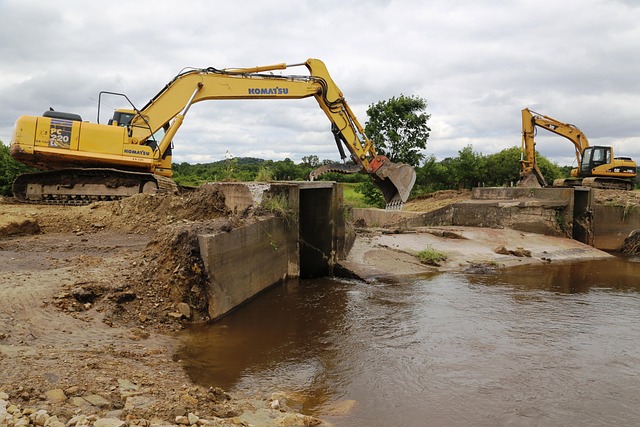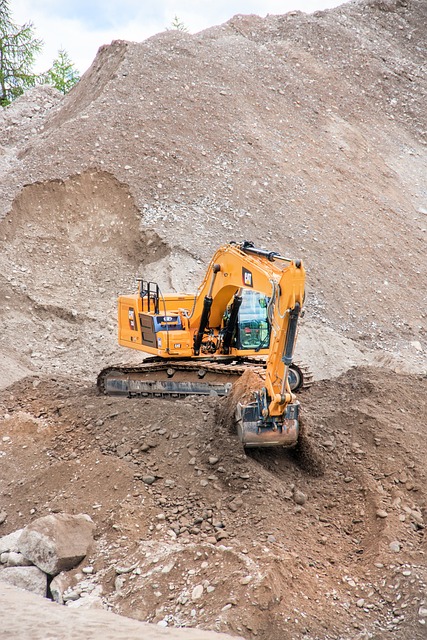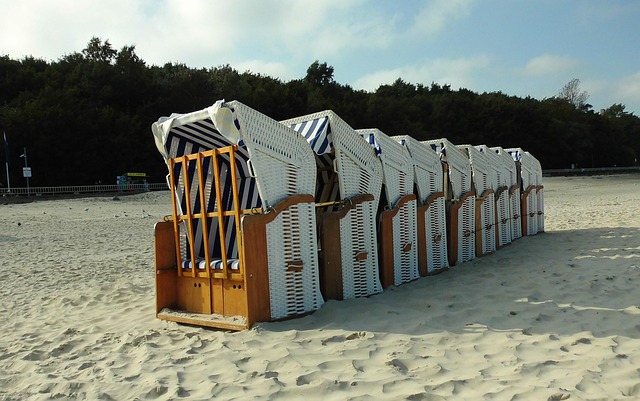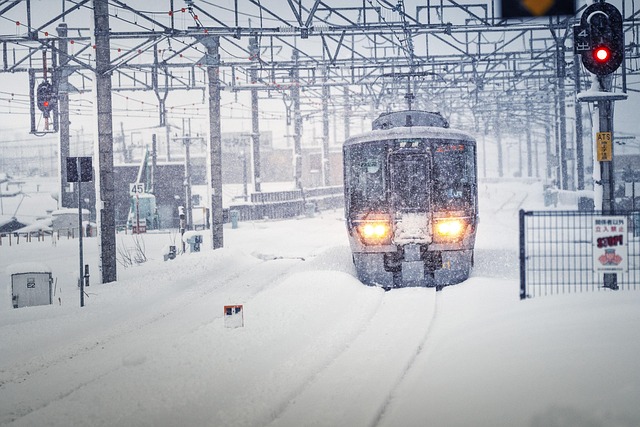Commercial snow plowing rates vary based on market dynamics, location, and service details. Business…….
Category: Commercial snow removal Windsor Ontario
This Blog only has one goal giving snow and ice removal professionals everything they need to restore order when winter weather brings chaos. That\’s why we never stop pushing our thought leadership, engineering and truck innovations to help make your job easier and more productive. We teach you how to be more productive, efficient and land more commercial snow removal contracts.
Commercial Snow Removal Windsor Ontario: A Comprehensive Guide
Introduction
In the heartland of Ontario, Canada, lies a vibrant city known for its rich cultural heritage, bustling business scene, and picturesque landscapes—Windsor. Amidst this urban tapestry, a critical service emerges as an essential component of the city’s infrastructure: Commercial Snow Removal Windsor Ontario. This article aims to provide an in-depth exploration of this vital service, delving into its various facets, from historical roots to cutting-edge technologies, while shedding light on its global impact and local significance. By understanding and appreciating the intricacies of commercial snow removal, we can grasp its role in shaping urban environments and community safety during winter months.
Understanding Commercial Snow Removal Windsor Ontario
Definition and Core Components
Commercial snow removal refers to the systematic process of clearing snow and ice from urban areas, specifically focusing on commercial properties, streets, and public spaces in cities like Windsor. It involves a coordinated effort by municipal authorities, private contractors, and specialized equipment to ensure safe accessibility and functionality during winter storms. The core components include:
- Snow Clearing: Utilizing trucks equipped with snowplows, salt spreaders, and vacuum systems to physically remove snow and ice from roads, sidewalks, and parking lots.
- Ice Management: Applying de-icing agents like salt or sand to prevent or melt ice formation, enhancing pedestrian and vehicle safety.
- Road Maintenance: Regularly grooming and plowing streets to maintain clear travel lanes, minimize traffic disruptions, and improve overall road conditions.
- Public Space Safety: Clearing snow from sidewalks, crosswalks, and public parks, ensuring accessibility for residents and visitors alike.
- Snow Storage and Disposal: Managing the accumulation of removed snow, often by hauling it to designated storage sites or recycling it for use in construction or landscaping.
Historical Context and Significance
Commercial snow removal has been a necessary practice since urban civilizations first encountered harsh winter conditions. Historically, manual labor and simple tools were used, but as cities grew and traffic increased, the need for mechanized and efficient solutions became evident. In Windsor, like many Canadian cities, the early 20th century saw the introduction of motorized snowplows and de-icing chemicals, marking a significant turning point in snow removal efficiency.
The significance of this service lies in several key areas:
- Safety: Preventing accidents and injuries by ensuring clear passage for pedestrians and vehicles.
- Mobility: Maintaining seamless transportation networks, facilitating commerce, and supporting emergency services.
- Community Well-being: Preserving accessibility to public spaces, schools, hospitals, and businesses, fostering a sense of community.
- Environmental Management: Implementing sustainable practices to minimize environmental impact, such as using eco-friendly de-icing agents.
Global Impact and Trends
Commercial snow removal is not limited to Windsor; it is a global practice with varying degrees of implementation and sophistication across regions. Here’s an overview:
| Region | Snow Removal Practices | Trending Innovations |
|---|---|---|
| North America | Advanced mechanized systems, salt-based de-icing | Smart snow sensors, autonomous vehicles |
| Europe | Comprehensive network of plowed roads, hand-clearing in pedestrian zones | Hybrid de-icers, thermal imaging for ice detection |
| Asia | Manual and mechanical removal, limited use of chemicals | Snow-melting technology, AI-driven traffic management |
| Australia/New Zealand | Minimal snowfall, primarily manual and small-scale machinery | Eco-friendly alternatives, digital snow mapping |
These global trends reflect the unique challenges and solutions tailored to each region’s climate and urban infrastructure. Windsor, with its moderate winter conditions, has adopted efficient yet cost-effective strategies, leveraging technological advancements while maintaining a focus on environmental sustainability.
Economic Considerations
Market Dynamics
The commercial snow removal market in Windsor, like many cities, operates as a combination of public sector responsibilities and private contractor services. The city’s municipal government sets guidelines, regulations, and budgets, while private companies compete for contracts to provide these services. This competitive landscape drives innovation, efficiency, and price optimization.
Investment Patterns
Investments in snow removal infrastructure and technology have been steady, reflecting the long-term nature of this service. Key areas of investment include:
- Specialized Vehicles: Purchasing advanced snowplows, salting trucks, and ice-melting equipment.
- Technology Upgrades: Implementing GPS tracking, remote monitoring systems, and data analytics to optimize routes and service delivery.
- Training and Staffing: Investing in employee training, safety programs, and attracting skilled labor to operate and maintain equipment.
Economic Impact
The economic impact of commercial snow removal is multifaceted:
- Direct Employment: Provides jobs for operators, maintenance personnel, and office staff within private contractors and the municipal government.
- Induced Employment: Supports related industries such as vehicle manufacturing, repair, and sales, as well as snow removal equipment suppliers.
- Tourism and Hospitality: Enhances accessibility to tourist attractions and hospitality venues during winter, contributing to local tourism revenue.
- Safety and Mobility: Reduces traffic disruptions and accident rates, benefiting local businesses and residents.
Cutting-Edge Technologies in Snow Removal
Intelligent Transportation Systems (ITS)
Intelligent snow removal involves the use of technology to optimize routes, monitor road conditions, and manage resources efficiently. Some advanced applications include:
- Snow Sensor Networks: Deploying sensors along roadsides to provide real-time data on snow depth and temperature, aiding in proactive snow management.
- GPS Tracking: Using GPS to track plowing operations, allowing for efficient routing and minimizing overlap or gaps in clearing.
- Data Analytics: Analyzing historical and real-time data to predict snowfall patterns, optimize de-icing strategies, and plan maintenance schedules.
Autonomous Vehicles and Drones
The future of snow removal may include autonomous vehicles and drones:
- Autonomous Snowplows: Self-driving trucks equipped with advanced sensors and AI can operate without human intervention, reducing labor costs and improving efficiency.
- Drones for Inspection: Drones equipped with cameras and thermal imaging can inspect hard-to-reach areas, bridges, and culverts, providing valuable data for maintenance planning.
- Drone-based De-icing: Drones could be used to apply de-icing chemicals precisely, minimizing waste and environmental impact.
Environmental Considerations and Sustainability
Sustainable Practices
Windsor’s commercial snow removal services emphasize sustainability, employing practices that minimize environmental damage while managing winter conditions:
- Eco-friendly De-icers: Utilizing alternatives to salt, such as calcium chloride or magnesium chloride, which have lower environmental impacts.
- Recycled Snow Storage: Hauling removed snow to designated sites for use in construction, landscaping, or road base stabilization.
- Energy Efficiency: Implementing energy-efficient equipment and practices to reduce carbon emissions from vehicles and facilities.
Environmental Impact Assessment
Regular environmental impact assessments are conducted to monitor the effects of snow removal activities:
- Evaluating water quality and watershed health following de-icing practices.
- Assessing air quality impacts from vehicle emissions and salt dust.
- Monitoring wildlife habitats and migration patterns to ensure minimal disturbance.
Community Engagement and Public Safety
Public Awareness Campaigns
Engaging the community is vital for successful snow removal operations:
- Public Information: Providing clear and timely updates on snowfall, road conditions, and service schedules through local media, websites, and social media platforms.
- Resident Feedback: Encouraging residents to report issues, provide feedback, and offer suggestions for improvement.
- School and Business Partnerships: Collaborating with schools and businesses to ensure safe accessibility during snow events.
Emergency Preparedness
Effective snow removal is integral to emergency preparedness:
- Rapid Response: Ensuring clear routes for emergency vehicles and access to critical facilities like hospitals, fire stations, and shelters.
- Backup Plans: Implementing alternative strategies, such as temporary closures or detours, in case of severe weather disruptions.
- Community Shelters: Coordinating with local authorities to prepare community shelters during prolonged snowstorms.
Conclusion
Commercial snow removal Windsor Ontario is a complex yet critical service that demands a multifaceted approach. From historical evolution to cutting-edge technologies, this practice has adapted to meet the changing needs of urban environments. As winter conditions continue to shape our cities, understanding and investing in efficient, sustainable, and community-focused snow removal strategies will remain essential for ensuring public safety, mobility, and overall quality of life.
Navigating Commercial Snow Removal Contracts: Essential Protections Unveiled
When hiring a commercial snow removal service, review contracts thoroughly for clear definitions of…….
Powerful Snow Blowers for Efficient Commercial Clearing
Commercial snow removal companies utilize robust equipment like powerful snow blowers with quick cle…….
Snow Removal Contract: Garlatti Tips for Safe, Reputable Service
Before hiring a commercial snow removal service, like Garlatti Landscaping, assess your property…….
Master Snow Removal in Windsor: Clear Sidewalks Safely
Windsor's diverse geography and climate lead to varied snowfall patterns, demanding efficient s…….
Winter Preparedness: Guide for Business Owners & Snow Removal
Winter weather poses significant risks to businesses, including hazardous driving conditions, power…….
Top Snow Management: Efficient Clearing for Reliable Winter Service
Selecting a commercial snow plowing service requires evaluating technology (GPS, real-time weather d…….
Garlatti Landscaping: Top Snow Blowers for Commercial Spaces
Garlatti Landscaping provides powerful snow blowers for efficient commercial snow removal. Prioritiz…….
Unlocking Efficient Commercial Snow Plowing: Complete Guide
Commercial snow plowing services are essential for businesses with extensive winter maintenance need…….
Master Negotiation: Garlatti Landscaping Contract Guide
Before negotiating with Garlatti Landscaping, understand contract fundamentals like offers, acceptan…….

